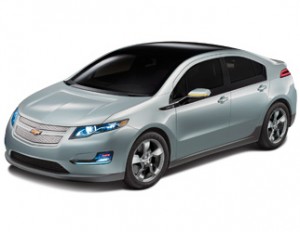Volt outgreens the competition
Today’s hybrid cars boast improved driving performance and battery life, not to mention roomier, sleeker designs. But not all are created equally. We rate five guilt-free, affordable drives.
Advertisement
Today’s hybrid cars boast improved driving performance and battery life, not to mention roomier, sleeker designs. But not all are created equally. We rate five guilt-free, affordable drives.
 You compost your leftovers and buy rechargeable batteries. You wrap gifts in reusable bags and your child’s lunch is always packed in Tupperware. But still you yearn to do more for Mother Earth. Well, maybe it’s time to recycle your old ride for a shiny, new hybrid.
It’s been 15 years since the first Toyota Prius rolled off an assembly line in Japan and the technology that powered the world’s first gas/electric vehicle has improved dramatically. So too has the number of rival manufacturers offering fuel-sipping hybrids. This issue, our expert panelists provide us with their take on five vehicles that help you go that extra mile for the environment.
You compost your leftovers and buy rechargeable batteries. You wrap gifts in reusable bags and your child’s lunch is always packed in Tupperware. But still you yearn to do more for Mother Earth. Well, maybe it’s time to recycle your old ride for a shiny, new hybrid.
It’s been 15 years since the first Toyota Prius rolled off an assembly line in Japan and the technology that powered the world’s first gas/electric vehicle has improved dramatically. So too has the number of rival manufacturers offering fuel-sipping hybrids. This issue, our expert panelists provide us with their take on five vehicles that help you go that extra mile for the environment.
Share this article Share on Facebook Share on Twitter Share on Linkedin Share on Reddit Share on Email